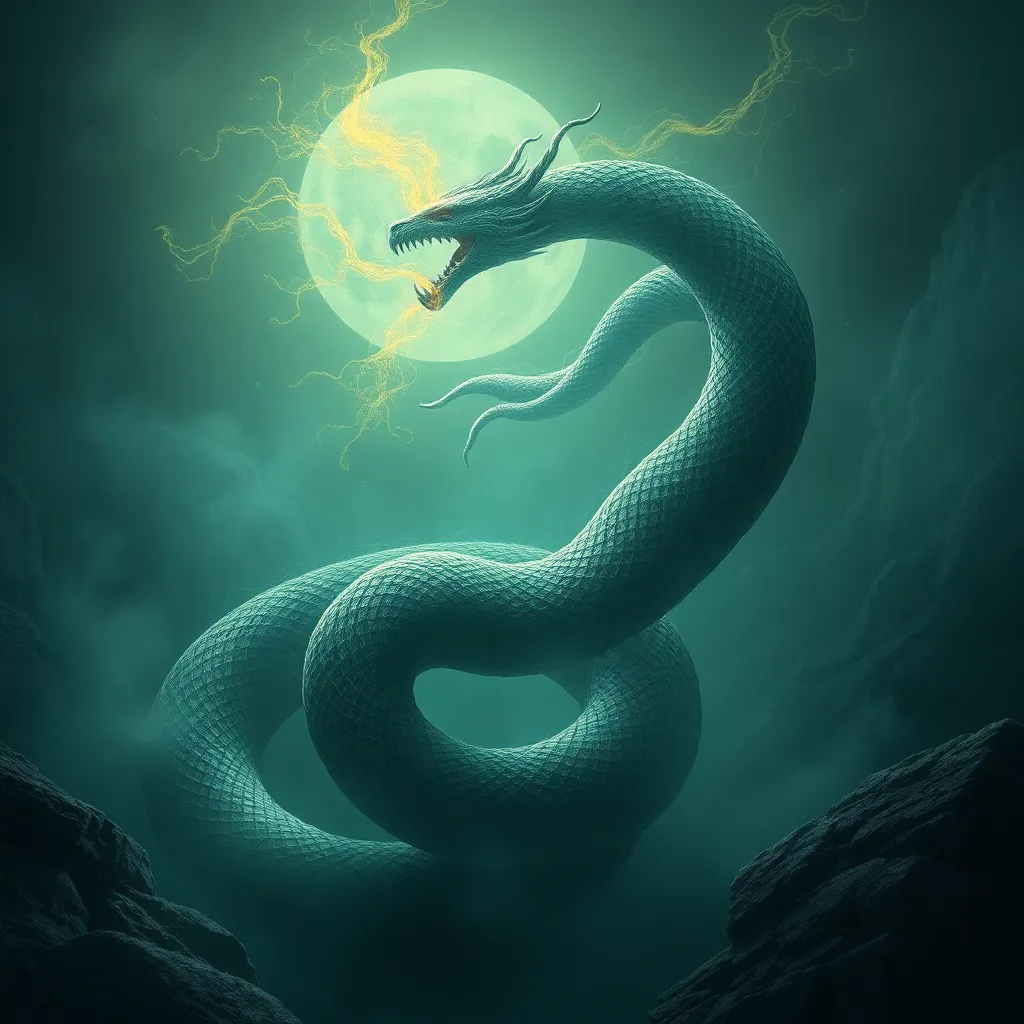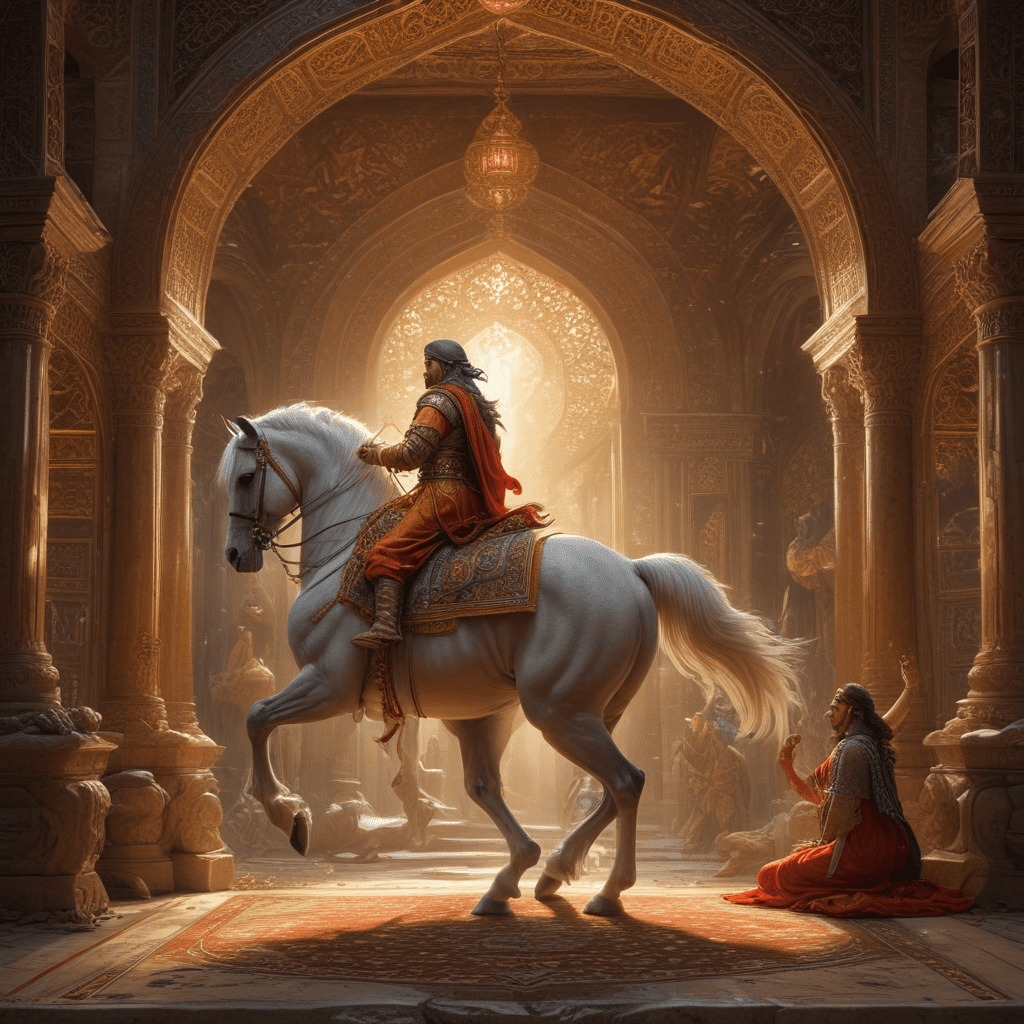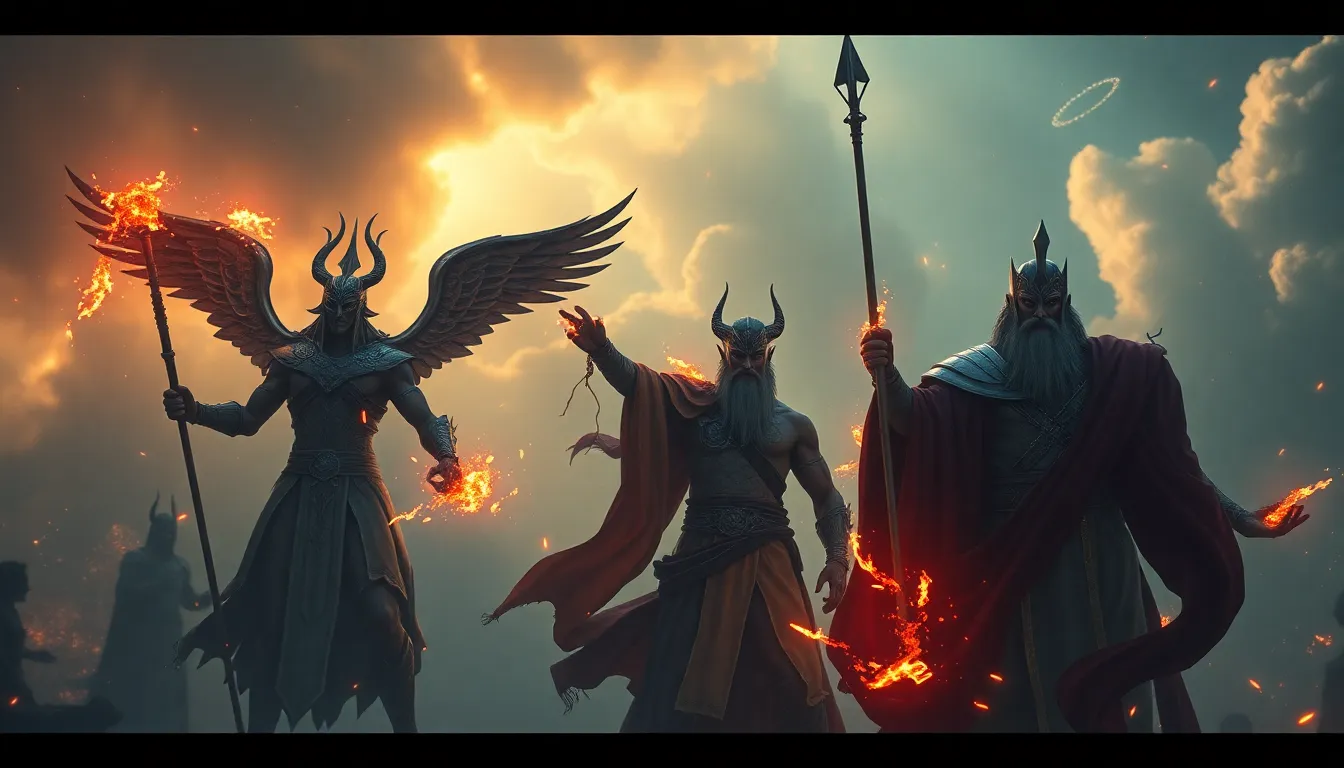The Universal Serpent: Níðhöggr and the Common Threads of Mythology
I. Introduction
Níðhöggr, a prominent figure in Norse mythology, is often depicted as a fearsome dragon that gnaws at the roots of Yggdrasil, the World Tree. This creature embodies concepts of decay and chaos, playing a crucial role in the Norse cosmology that illustrates the balance between life and death. However, Níðhöggr is not an isolated figure in mythology; serpents and dragon-like creatures appear in mythologies worldwide, serving as symbols of various human experiences and natural phenomena.
This article aims to explore the common themes and motifs associated with serpents in mythology, focusing particularly on Níðhöggr and its parallels in global traditions. Through this exploration, we can better understand the cultural significance of serpents and their enduring legacy in storytelling.
II. Níðhöggr: The Dragon of Yggdrasil
Níðhöggr is described in Norse texts as a dragon that dwells in Niflheim, the realm of ice and mist. It is known for its relentless gnawing at the roots of Yggdrasil, which symbolizes the interconnectedness of all life. This destructive act represents decay, but it is also integral to the cycle of life, as death often leads to new beginnings.
In Norse cosmology, Níðhöggr is deeply tied to the concept of death. It feasts on the bodies of the dead, particularly those who have been condemned due to their sins. This association with the underworld emphasizes the dragon’s role as a harbinger of mortality and decay.
The symbolism of Níðhöggr extends beyond mere destruction; it serves as a reminder of the natural order and the inevitable cycle of life and death, where decay makes room for renewal.
III. Serpents in World Mythologies
Serpents are ubiquitous in mythologies around the world, often embodying dualities of creation and destruction. In many cultures, they are revered as powerful beings that can bring about change and transformation.
- Quetzalcoatl: In Aztec mythology, this feathered serpent is associated with wisdom, wind, and the morning star, representing both creation and fertility.
- Jörmungandr: The Midgard Serpent in Norse mythology, who encircles the Earth, is a symbol of chaos and destruction, but also of the cyclical nature of existence.
- Nāga: In Hindu and Buddhist traditions, Nāgas are serpent-like beings that can be protectors of springs and rivers, symbolizing fertility and water.
Across these myths, common themes arise, including:
- Creation
- Destruction
- Transformation
These themes highlight the multifaceted nature of serpents, representing both the nurturing and destructive forces of nature.
IV. The Serpent as a Symbol of Knowledge
In many cultures, serpents are closely associated with wisdom and knowledge. This connection is often dualistic, portraying the serpent as both a source of enlightenment and a potential danger.
Níðhöggr, while primarily a figure of decay, can also be interpreted in this light. Its position at the roots of Yggdrasil suggests a deep connection to the knowledge of life, death, and the passage between worlds. This contrasts with other mythological serpents, such as:
- Ouroboros: A serpent eating its own tail, symbolizing the cyclical nature of the universe, self-sufficiency, and the quest for knowledge.
- Prometheus’ serpent: Representing the dangers of seeking forbidden knowledge, as Prometheus stole fire from the gods.
The duality of knowledge represented by these serpents indicates that while enlightenment can lead to growth and understanding, it can also bring peril and consequences.
V. Creation and Destruction: The Dual Nature of Serpents
The duality of serpents as both creators and destroyers is a recurring theme in mythology. Níðhöggr embodies this cycle, as it contributes to the decay necessary for new life to emerge. This theme resonates with various cultural interpretations of serpents:
- In some traditions, serpents are seen as protectors of the earth, ensuring fertility and abundance.
- In others, they are viewed as destructive forces that can bring chaos and disorder.
This cycle of life and death is essential for understanding the human experience, as it reflects our own struggles with existence and the inevitable transformations we face throughout life.
VI. Serpent Mythology and the Human Experience
Serpents hold significant psychological symbolism in human experiences, representing deep fears, desires, and transformations. The image of the serpent can evoke a range of emotions and associations, from fear to reverence.
In folklore, serpents often serve as cautionary figures that embody human fears of the unknown. They can also represent the transformative aspects of life, as seen in:
- Myths of rebirth, where shedding skin symbolizes renewal.
- Stories of overcoming adversity, where the serpent becomes a symbol of strength and resilience.
The impact of serpent mythology on societal beliefs highlights their role as cultural touchstones that help individuals navigate their own experiences and fears.
VII. Comparative Analysis of Níðhöggr and Other Mythical Serpents
Comparing Níðhöggr with other mythical serpents reveals both similarities and differences in narratives and symbolism. For instance, while Níðhöggr’s role is primarily destructive, other serpents like Quetzalcoatl also embody creation and fertility.
The environments and cultures from which these myths arise significantly shape their narratives. For example:
- In Norse mythology, the harsh landscapes and climates emphasize themes of survival and decay.
- In Mesoamerican cultures, the lush landscapes celebrate life and abundance, reflecting different serpent symbolisms.
These comparisons offer valuable insights into the ways different cultures interpret the serpent symbol, revealing universal human themes about existence, transformation, and the balance of life and death.
VIII. Conclusion
In summary, Níðhöggr serves as a compelling representation of the complex nature of serpents in mythology, embodying themes of decay, transformation, and the cycle of life and death. The exploration of serpent motifs across various cultures highlights their significance as symbols of knowledge, creation, and destruction.
The enduring legacy of serpent mythology in modern storytelling continues to influence our understanding of the human experience. By examining these myths in a global context, we gain a deeper appreciation for the shared narratives that connect diverse cultures and the universal lessons they impart.
Ultimately, the significance of understanding these myths lies in their ability to reflect our own fears, desires, and transformations, reminding us that the serpent, in all its forms, is a powerful symbol of the human journey.



